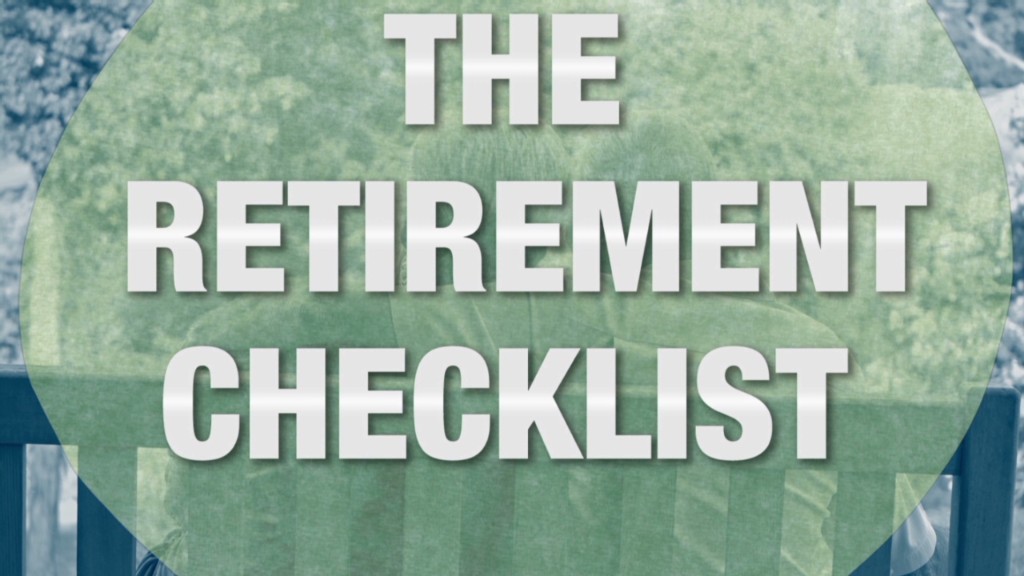
I don't know where to invest in today's environment. Stocks seem overvalued and vulnerable to a crash. If I buy bonds, I'll lose when interest rates go up. Is there any place I can earn a decent return now and in the near future? -- Patrick K.
With the market soaring one day, then diving the next and plunging oil prices throwing more uncertainty into the mix, figuring out where to invest is indeed confusing.
And the year-end forecasts that investment advisers are churning out aren't adding any clarity. If anything, they add to the confusion, as their predictions vary dramatically, some asserting stocks will soar, others warning they'll flame out.
Even when they agree, it doesn't mean they're right. The consensus seems to be that interest rates will rise and bonds will get whacked next year. That sounds plausible, until you recall that seers have been predicting bond-market mayhem every year for the last five years -- a period during which bonds returned an annualized 4.2% and saw only one calendar-year loss, a modest 2% last year.
Related: Investing smart in a rocky market
My advice: Ignore the market turmoil and prognostications and focus instead on creating a long-term investing strategy that will see you through 2015 and beyond. You can do that by taking these three steps, ideally by the end of the year:
1. Do a risk-tolerance check. Investors face a broad range of risks, but the single most important thing you need to know most is what size loss you can stomach before you start selling stocks in a panic and shifting into more secure investments.
To assess your risk tolerance you can complete a questionnaire like the one in RealDealRetirement's Retirement Toolbox. You answer 11 questions ranging from how long you plan to keep your money invested to how you might react in different market conditions and come away with a recommended stocks-bonds mix, along with stats showing how that mix and others have fared in good and bad markets over the years.
If you'd like to take a more comprehensive risk tolerance test, check out the 25-question version risk-assessment firm FinaMetrica offers for $45.
2. Set a suitable asset mix. Ideally, you want to arrive at a blend of investments that matches your risk tolerance and gives you a reasonable shot of achieving your financial goals. But those two aims may not always be in synch.
For example, let's say your risk assessment shows you would prefer investing your retirement savings in a mix of 20% stocks and 80% bonds. But while that may make sense emotionally, the lower returns of a mostly bond portfolio could leave you short of the nest egg you'll need for a secure retirement.
Related: Ditch 'The Number' and find a realistic savings goal
So you may have to weigh your emotional need for protection from short-term market setbacks against the financial necessity for higher returns. A retirement income calculator that employs Monte Carlo simulations can help you achieve the right balance by illustrating how different mixes of stocks and bonds can affect your chances of accumulating the savings you'll need.
3. Choose the right investments. Many advisers tout a confusing array of exotic investments these days. But you're better off sticking to a simple palette of broad low-cost index funds: a total stock market index fund, a total bond market index fund and, if you want to get fancy, a total foreign stock market index fund. Those three funds will give you all the diversification you need at a cost as low as $5 a year for every $10,000 invested.
If picking three funds is too much work, go with a target-date retirement fund, which provides a fully diversified portfolio in a single fund, or consider having one of the new breed of low-cost investment advisers handle your investing.
As you go through the process of assessing risk and creating your portfolio, you may need to re-jigger some holdings. If you're too heavily invested in stocks, for example, you might sell some shares and invest the proceeds in bonds. Or vice versa if you need to pare your bond stake. To the extent possible, try to rebalance in tax-advantaged accounts to avoid triggering taxes.
Calculator: Will you have enough to retire?
If you're sitting on unrealized capital losses in investments in taxable accounts, you may want to consider selling shares before the end of the year to realize the loss and apply it against realized capital gains in other investments (including mutual funds, which are expected to make sizable distributions this year). You may even be able to apply losses against ordinary income.
Remember, though, your main goal is to end up with a portfolio that's in synch with your tolerance for risk and that can generate adequate returns in a variety of market conditions in the years ahead. So don't overdo the tax maneuvering -- or buy or sell an investment just because some pundit predicts it will thrive or dive.
Walter Updegrave is the editor of RealDealRetirement.com. If you have a question on retirement or investing that you would like Walter to answer online, send it to him at walter@realdealretirement.com.
More from RealDealRetirement.com
How can I save on retirement investing fees?

